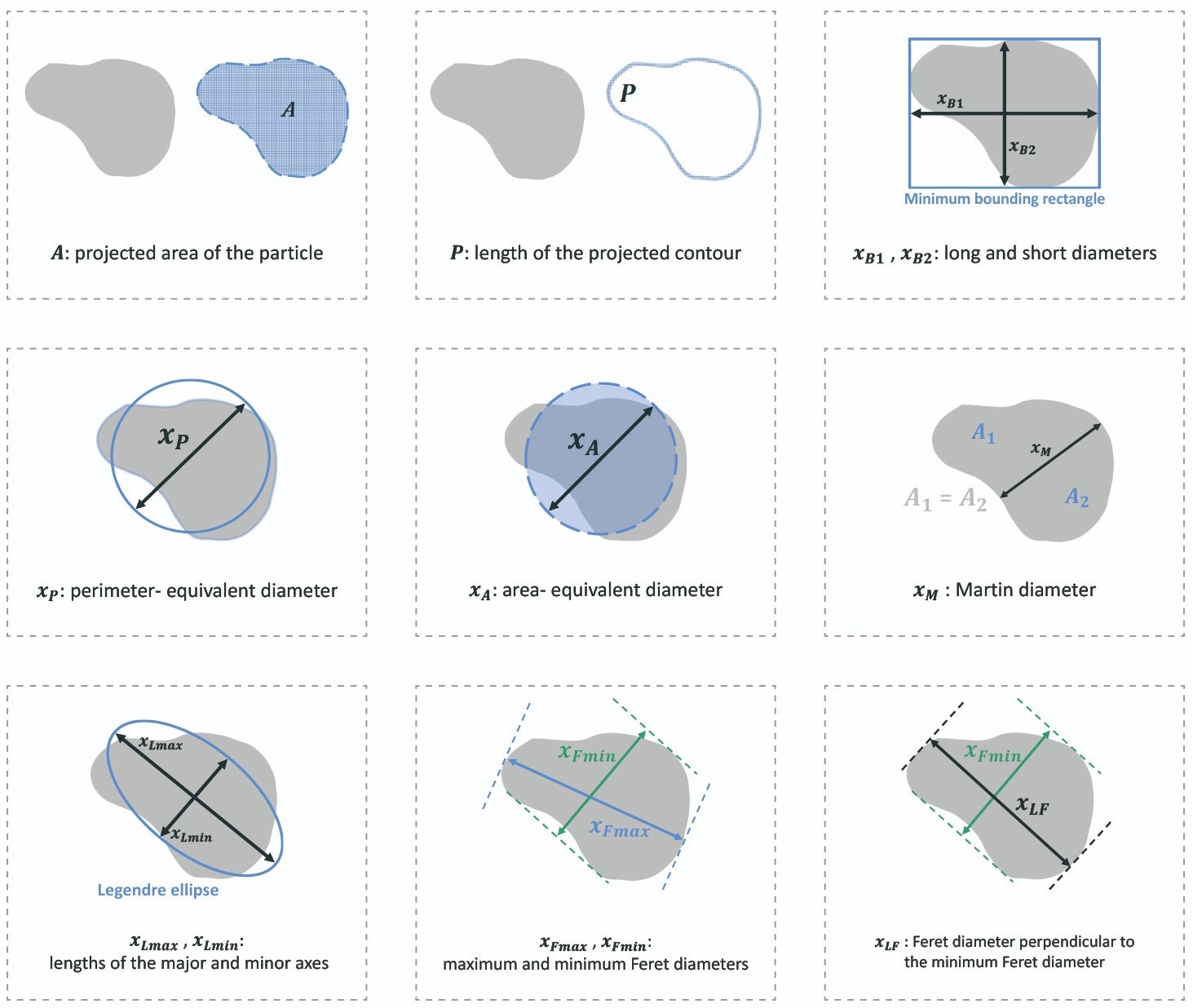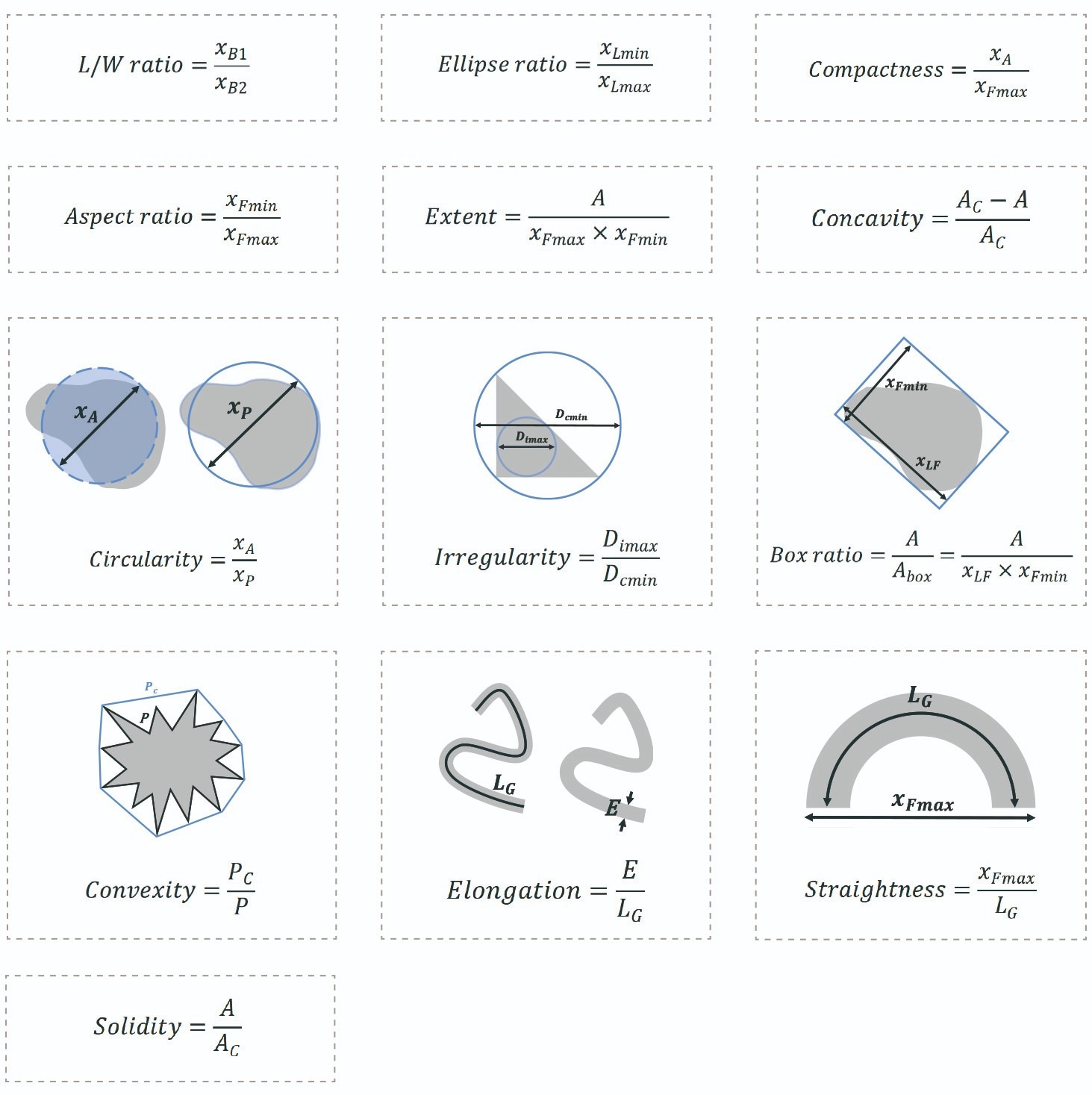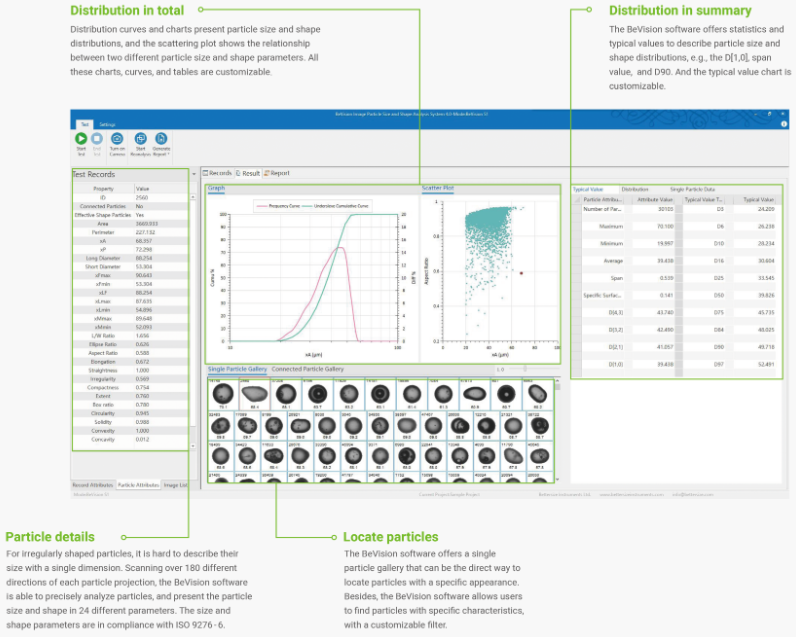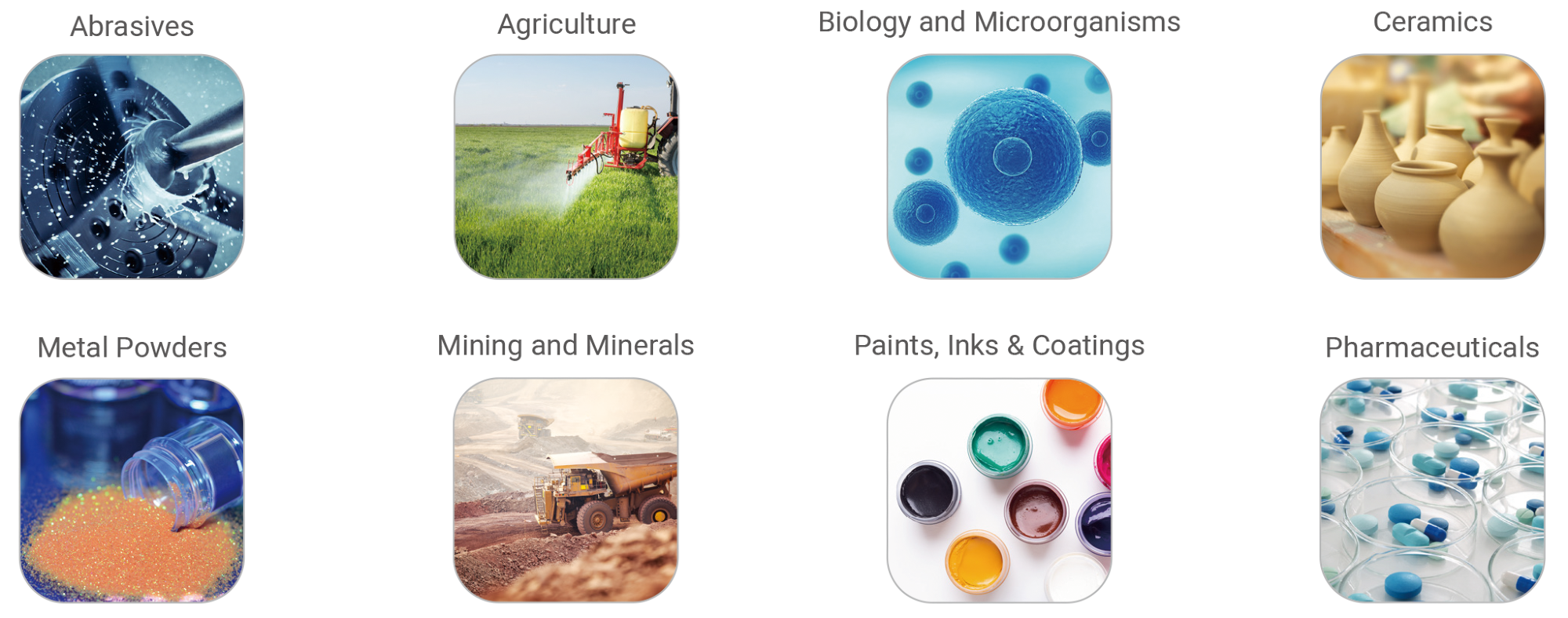The BeVision S1 integrates light microscopy and image analysis to deliver size and shape distributions of both powders and suspensions. With an objective magnification of up to 100x, the BeVision S1 efficiently analyzes and records particles as fine as 0.3 μm.
The BeVision S1 is not only a reliable, independent particle size and shape analyzer, but can also be an ideal match for laser diffraction particle analyzers as an aid or a verification.
How to Install and Operate BeVision S1
Video credit: Bettersize Instruments
Features and Benefits
- Biological microscope and metallographic microscope for option
- Measurement range: 0.3 to 4,500 µm (biological microscope); 0.1 to 2700 µm (metallographic microscope);
- Both dry and wet measurements
- 34 different particle size and shape parameters
- 4 optional test modes for different applications
- Results in compliance with ISO 9276-6
- Powerful software eases your work
- Customizable reports for different evaluation options
- A budget - friendly solution for your particle analysis
Why Use the Image Analysis Method?
- The image analysis method is easy. Users can capture an image of particles, identify particles, and then measure their size and shape. Each step of image analysis is straightforward and clear.
- Shape analysis can be carried out; it is possible to examine a particle’s shape in addition to its size by looking at it directly.
- The image analysis method identifies the shape and size of every individual particle before adding them up to create a statistic. Details of particle shape or size distribution can be accurately provided.
Why Use the Static Image Analysis Method?
- Clear Vision: In static image analyzers, precision microscopes and high-resolution cameras are specifically designed for producing high-quality particle images.
- Undersized Particle Sensitivity: The static image analysis method is sensitive to undersized particles, and it is even possible to estimate their sizes.
- Small Sample Volume: The static image analysis method only requires a small number of samples. Only a few drops of emulsions or a few micrograms of powder are needed to perform a measurement.
Particle Size Parameters
- Equivalent diameters: Area-equivalent diameter, perimeter-equivalent diameter; Feret diameters: Maximum and minimum Feret diameters, XLF (“length”)
- Martin diameters: Maximum and minimum Martin diameters; Legendre ellipse: Major and minor axes

Image Credit: Bettersize Instruments Ltd.
Particle Shape Parameters
- Size difference in two directions: Aspect ratio, L/W ratio, ellipse ratio; Round-likeness and rectangle-likeness: Circularity, irregularity, compactness, extent, box ratio
- Contour concavity: Concavity, convexity, solidity; For elongated particles: Elongation, straightness

Image Credit: Bettersize Instruments Ltd.
BeVision Software: Visualized Insights

Image Credit: Bettersize Instruments Ltd.
Applications
- Abrasives
- Agriculture
- Biology and Microorganisms
- Ceramics
- Metal Powders
- Mining & Materials
- Paints, Inks & Coatings
- Pharmaceuticals

Image Credit: Bettersize Instruments Ltd.
BeVision S1: Particle Size and Shape Analysis